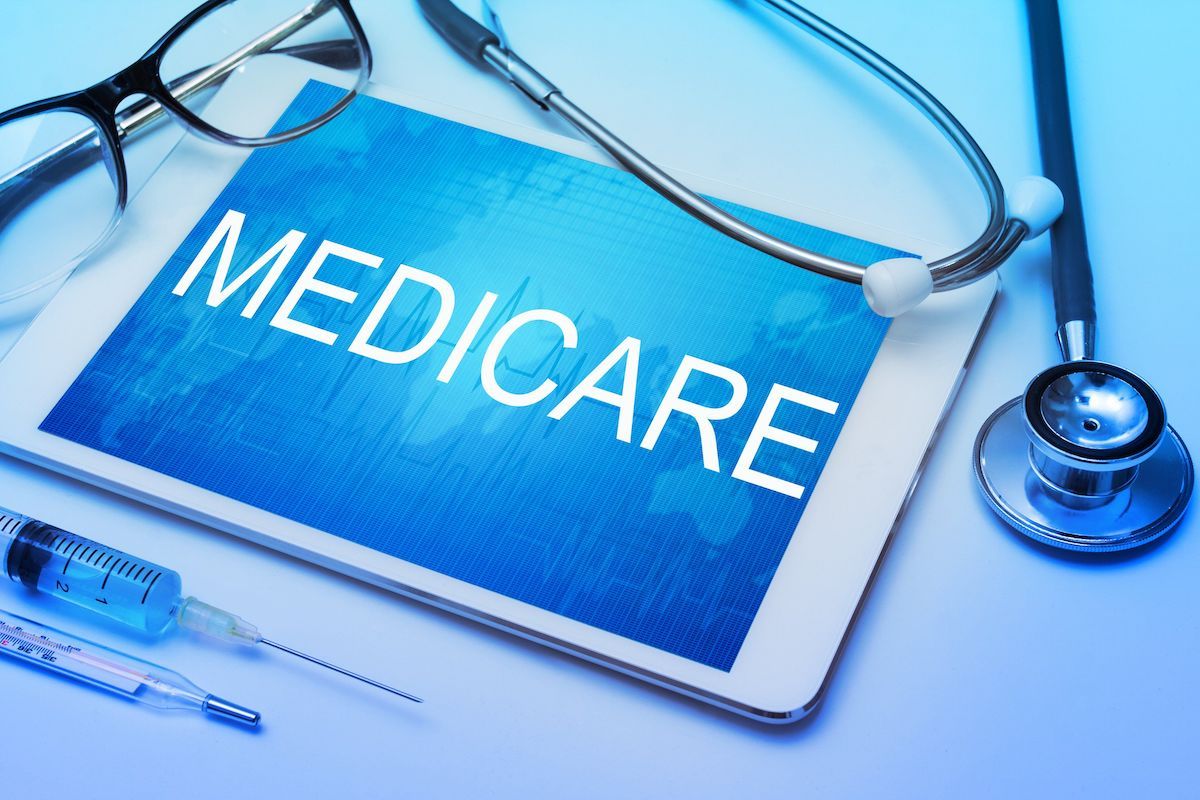News
Article
Older adults are using patient portals — some are getting charged for it
Author(s):
Key Takeaways
- Over 13% of older adults using patient portals face copays, with similar rates for Medicaid and privately insured individuals.
- Traditional Medicare and VA coverage users report fewer charges for portal messaging compared to other insurance types.
One in eight portal users over 50 report being billed for messaging their doctors, with Medicaid and private plans charging at similar rates.
© eshana_blue - stock.adobe.com

Older adults are increasingly using digital tools to communicate with their physicians — but in some cases, they’re paying for the privilege. A recent national survey finds that more than 13% of adults aged 50 and older who messaged their doctors through patient portals were charged a copay. Rates were similar among Medicaid recipients and those with private insurance.
The research, published last Friday in JAMA Health Forum, analyzed responses from 3,212 older adults as part of the University of Michigan’s National Poll on Healthy Aging. The findings raise additional questions about how telehealth billing policies — originally expanded during the COVID-19 pandemic — may be affecting access to care for low-income patients.
“Even though we don’t know the exact dollar value of the charges these older adults paid, our findings raise questions about making sure out-of-pocket costs are not keeping vulnerable populations from using a potentially helpful technology,” said lead author Terrence Liu, MD, MSc, a clinical instructor and primary care physician in the University of Michigan Department of Internal Medicine.
Messaging going mainstream
Three-quarters of survey respondents said they have access to at least one patient portal, and nearly two-thirds reported sending at least one message through it in the past year. That figure jumps to more than 75% among those covered by Veterans Affairs (VA) or military insurance.
The shift reflects a broader adoption of asynchronous communication tools across age groups, particularly for patients managing multiple chronic conditions.
“Portal messaging has become more common, and many patients find it useful, but we need to ensure that the cost-sharing for patients is appropriate and matches the value they get out of using portal messaging,” Liu said in a university release.
Who gets billed and who doesn’t
The study found that 13.1% of older adults who used portal messaging reported being charged. That includes 16.6% of privately insured respondents and 15.9% of those covered by Medicaid alone or in combination with other insurance.
By contrast, just 5.1% of those with traditional Medicare — without supplemental coverage — reported being charged, along with 11.3% of those with Medicare Advantage and 9.7% of those with traditional Medicare plus supplemental coverage. Just 3.3% of respondents with VA or military coverage said they had ever paid for a portal message.
Currently, Medicare allows for billing of asynchronous messages that involve at least five minutes of medical decision-making. These policies, initially rolled out as part of the pandemic-era expansion of telehealth, have been temporarily extended by Congress.
However, the study’s authors note that, while Medicaid generally limits out-of-pocket costs for its enrollees, that hasn’t necessarily translated to protection from portal message billing.
“We found that Medicaid-eligible individuals had similar estimated prevalences of reported copays compared with privately insured individuals,” the authors wrote, adding that this “may highlight a potential gap” in typical cost-sharing protections.
Policy implications
Though the dollar amounts of individual charges were not specified in the study, past research estimates that, when not covered by insurance, fees for patient messages can range from $14 to $40 per message. That cost may be enough to discourage use among patients with fixed or low incomes — precisely the populations that may benefit the most from remote care options.
The data may be especially relevant to practice leaders weighing the pros and cons of billing for patient communications. Practices must balance the administrative burden and opportunity cost of responding to digital messages with concerns about patient satisfaction and access.
Liu previously published related findings in Health Affairs Scholar, demonstrating that billing rates for patient portal messages in traditional Medicare are still relatively low — though trending upward.
As state and federal policymakers debate the long-term future of these billing rules, the authors suggest further attention to equity and transparency. Liu noted that “state-level price transparency policies could also help all patients understand what they might have to pay before deciding to send a patient portal message.”
A digital divide
This study builds on earlier work from the same research team examining how older adults use digital health tools. A separate analysis, published in JAMA Network Open in January, found that older adults with annual incomes over $60,000 were nearly three times as likely to use digital health technologies — including portals, apps, and telehealth — as those with incomes below $30,000.
The contrast underscores how out-of-pocket charges — even relatively small ones — can reinforce existing disparities in care.
Liu and coauthors Tammy Chang, MD, MPH, MS, and Jeffrey Kullgren, MD, MS, MPH, suggest that future research should explore how variations in portal billing across insurance types affect health care engagement and outcomes.





